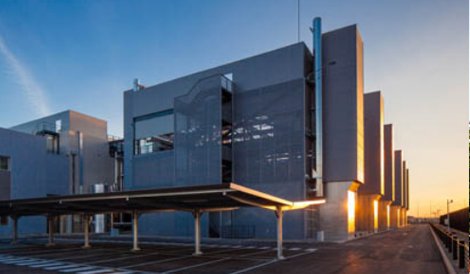Telefónica has hit a major milestone in the build of its massive data center outside of Madrid which will lead the telco’s digital strategies moving forward, inaugurating the €120m Phase one part of the build.
Phase one covers 24,700 sq m and contains seven IT rooms, each 682 sq m but once the build is complete, over five phases, it will cover 65,700 sq m, and provide a further 16 IT rooms.
Telefónica expects to invest a further €300m in the Alcala Data Center project, over the next four years.
These will be used for internal operations as well as to support Telefónica cloud services in Europe, housing platforms for customers in Spain, the UK, Germany and the Czech Republic.
It will also be used to provide outsourcing services.
Telefónica said the data center will be the largest in the world to be built to a Tier IV certification by the Uptime Institute, placing an emphasis in methods of redundancy throughout, with uptime guarantees of 99.995%.
The data center uses a modular design and has been built with redundant power supply and communications and has been built by Ferrovial with technical advice from Digital Realty.
Each modular IT room can work independently of the other, and is supplied by 1,200kW of IT power which can be multiplied four times without impacting its housed systems.
Telefónica president Cesar Alierta said the new data center will lead the transformation of Telefónica to become a leading company in the new digital world.
“This configuration will allow customers to continue to evolve technologically without expensive investment or having to worry about the power limitations or the increasing concentration of servers,” Telefónica said.
“The rooms will also house areas of high density by using cold and hot corridor contention, designed for high computing areas and cloud computing.”
The facility is also interconnected by a redundant fiber optic ring with the Julian Camarillo data center in Madrid which means each facility can act as backup for the other.
Spain’s Ministry of Economy and Competitiveness co-financed the project as well as the European Regional Development Fund, with loads of €19,203,598 and €4,750,512 respectively.

